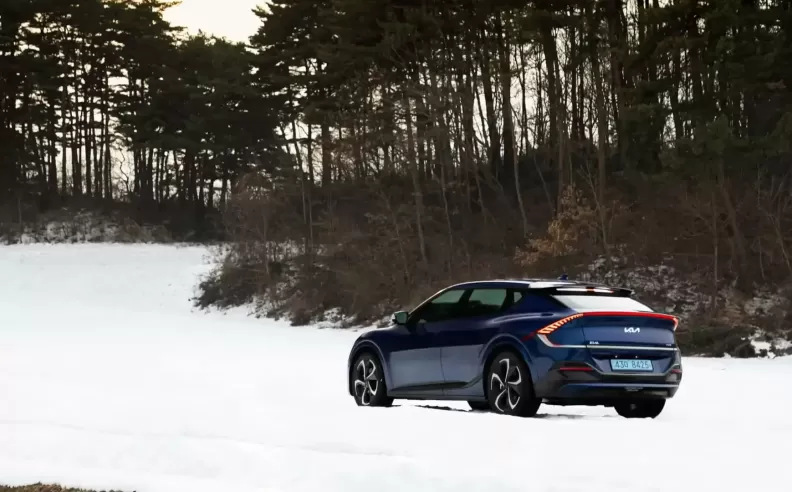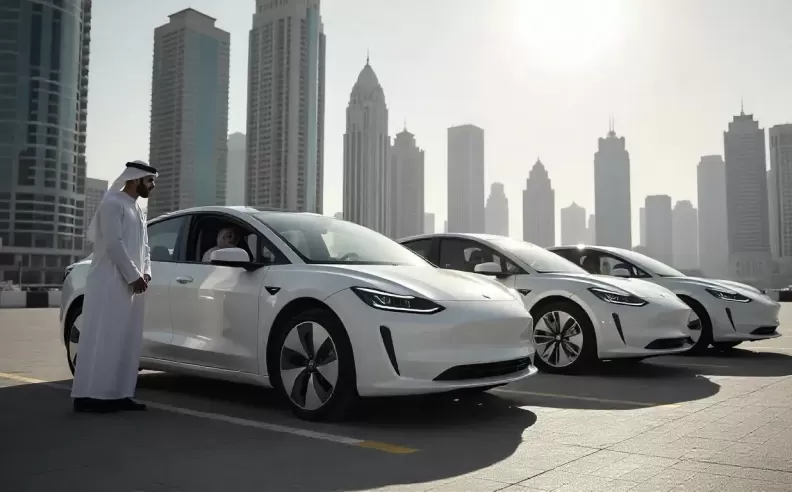
The electric car scene in the Gulf has shifted gears in 2025. According to Roland Berger’s latest EV Charging Index, the region is no longer just experimenting with electric vehicles. Saudi Arabia, the UAE, and Qatar have become global leaders in ownership satisfaction and infrastructure, beating some of the most advanced EV markets in the world. With a major jump in sales, strong private and government investment, and unmatched driver loyalty, Gulf EV growth is no longer a trend, it’s a movement.
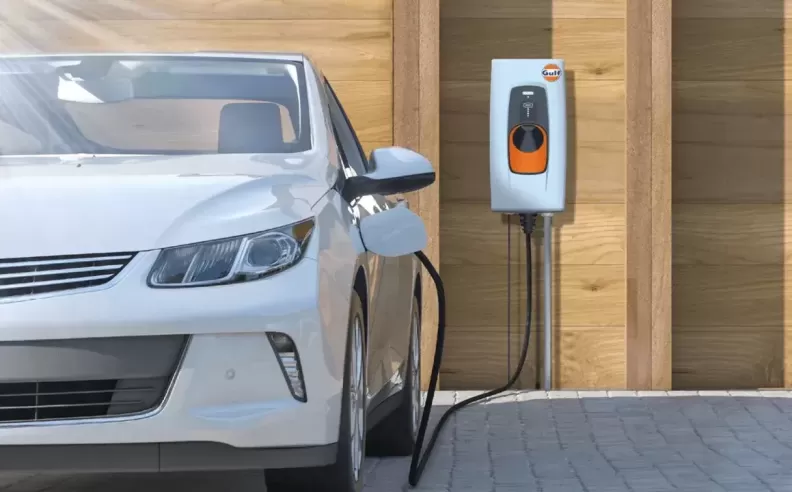
Saudi Arabia has shocked the EV world by multiplying its electric car sales nearly tenfold in just one year. Over 11,000 electric cars were sold in 2024, marking a turning point from early adoption to confident growth. Consumers in Saudi are mostly driven by cutting edge tech, with 48 percent saying it’s the main reason they chose to go electric. That’s the second highest rate in the world after China.
On top of that, Saudi drivers are using their EVs heavily. One in three drive more than 20,000 kilometers per year, and nearly half use their EV daily. These usage patterns reflect mature EV markets like Germany and Norway. As the Public Investment Fund backs EVIQ in building 5,000 charging stations across 1,000 sites by 2030, the country is racing toward full electrification.
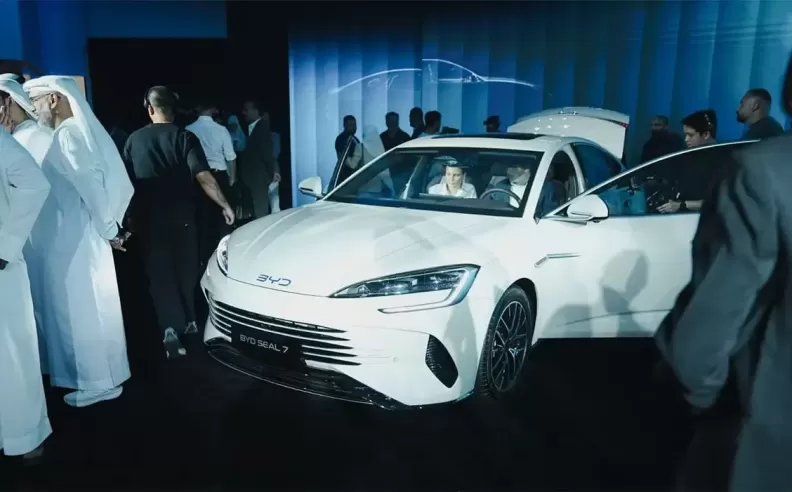
The UAE is not just leading the region in electric car volume with 24,000 BEVs and PHEVs sold in 2024, it's also setting the bar in user satisfaction. An impressive 95 percent of EV drivers in the UAE report being happy with their charging experience. The secret? Strong infrastructure. Dubai now offers more than 1,270 charging points, while ADNOC and TAQA plan to add 500 more by 2028.
UAE drivers are among the most loyal in the world, with 94 percent saying they plan to buy another electric car. Over 52 percent picked their EVs because of low maintenance and running costs. Add to that their high daily usage and strong environmental motivation, and you get one of the most engaged EV markets globally.
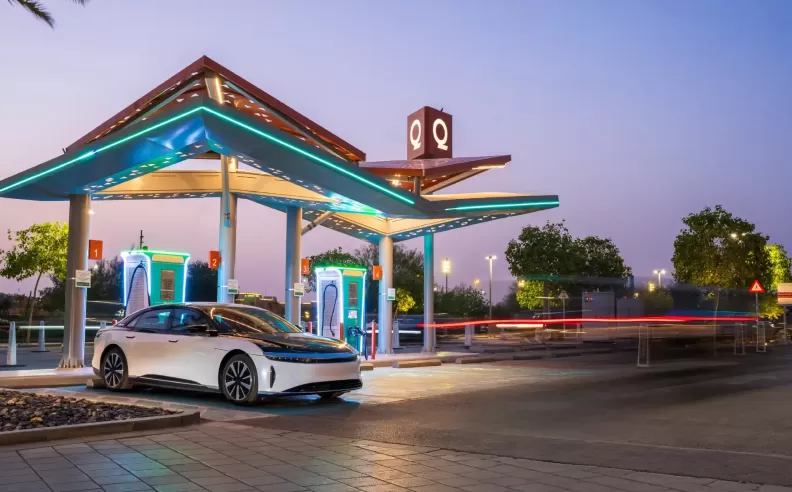
While it may not match the UAE in volume, Qatar stands out with the highest charging satisfaction rate in the world at 97 percent. For many Qatari drivers, affordability plays a key role. Over 55 percent chose EVs due to low cost of ownership. That has helped Qatar quietly build one of the most promising EV user bases in the Gulf.
Much like its neighbors, Qatar is entering the committed ownership phase, where EV drivers go beyond testing the waters. Most Qatari owners now drive their EVs frequently, often racking up more than 20,000 kilometers per year. These numbers reflect a clear shift from niche to mainstream.
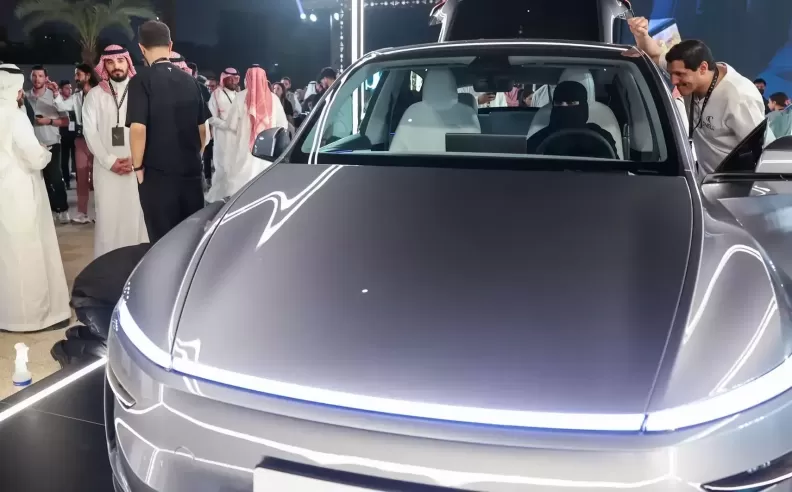
The 2025 Roland Berger Index outlines clear next steps for the Gulf EV market. First, more fast charging stations, especially along highways. Nearly 43 percent of users across GCC countries demand quicker charging options. Second, improving how drivers find charging locations through unified digital maps. And finally, expanding charging access through private and public sector partnerships.
With companies like Electromin and Al Futtaim stepping in to support this growth, the future looks even brighter. The Gulf is proving that with the right mix of infrastructure, innovation, and user enthusiasm, it can outpace even the most developed electric car markets.

Started my career in Automotive Journalism in 2015. Even though I'm a pharmacist, hanging around cars all the time has created a passion for the automotive industry since day 1.
